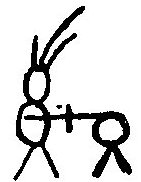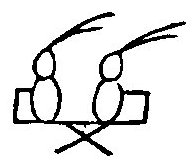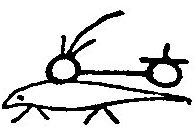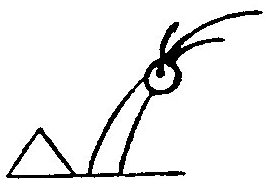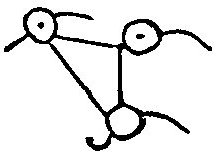Allen C. Guelzo, in the Great Course “Making History” wrote,
“History wants to use the kind of evidence that can be verified.”
He wrote the historians should ask two questions.
Q1 What is that?
Q2 Where did THAT come from.)?
Prof. Guelzo may be naive. He does NOT describe Historian behavior.
My experience is that Historians teach what they were taught. That may be one reason that the "first" historians could profoundly distort History.
I have two decades of trying, multiple times, to encourge historians to “Look at THAT.”
I have many posts of evidence to show that nearly all Historians do NOT ask or answer Prof Guelzso’s first question.
Here is a single example of a “THAT,” which has not been questioned by most historians.
Why do we have (6) Niorse names of Gods on our calendars and only one name of a Roman God?
Old
Calendar Norse Meaning
Day God
Sun Sol (Sól, Sunna) Goddess,
personification
of the sun
Mon Mani Moon
Tues Tyr (Týr …Teu) war, justice in
Wednes Othinn, Votan, … Goddess Æsir
Woden, Wodin wisdom, war,
magic, poetry,
prophecy,
victory
and death
Thurs Thor (þórr...) protection,
Fri Fria, Frige, 'to love'
Sunday, Monday, Tuesday, Wednesday, Thursday, and Friday (Six days) are named for Norse Gods.
Saturday is named for a Romn God, Saturn.
What (why) is THAT?
"THAT" is somehow the calendar on every wall honors the names of six Norse Gods.
Do you know any Historian, who has asked the FIRST Question?
WHAT (WHY) is THAT?
Every day Historians look at, and speak about, "evidence that can be verified."


